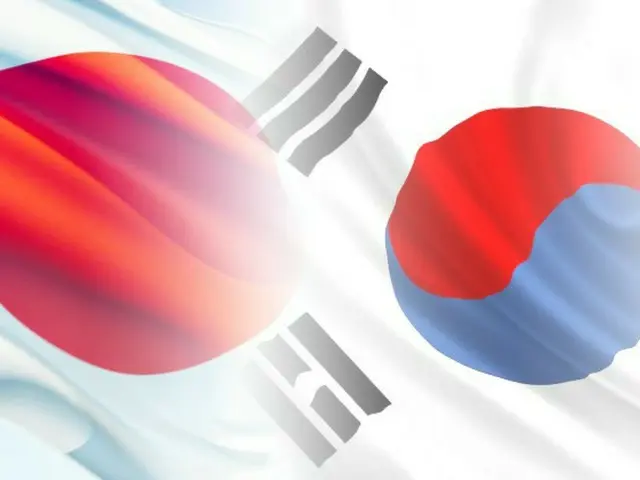A memorial service for the Koreans who died was held at the Hiroshima Peace Memorial Park in Naka Ward, Hiroshima City. Also, on the 2nd, a memorial service for all the victims of the atomic bomb on the Korean Peninsula was held by Korean atomic bomb survivors living in Japan.
The Korean Peninsula victims of the atomic bombings of Hiroshima and Nagasaki are said to number in the tens of thousands, but the actual number is still unknown.
Approximately 230 people, including bereaved family members, attended the memorial service for the Koreans on the 5th. The Hiroshima Prefectural Headquarters of the Korean Residents Union in Japan (Mindan) hosted the event.
This year marks the 56th anniversary of the event. Kim Ki-seong, head of the headquarters, said in his memorial speech, "We will keep in our hearts the desire for world peace and do our best to convey the memory of the atomic bombing to future generations and the world."
Approximately 110 people attended the first memorial gathering organized by the Hiroshima Prefectural Korean Victims Council, held in Hiroshima City on the 1st. In his speech, the council's chairman, Kim Jin-ho, who was exposed to the atomic bomb in utero, said, "Including the younger generation,
"I hope that we can all join hands together to carry on this history together with our compatriots and Japanese citizens and pass it on to the future," he said. The council is aiming to erect a memorial for the unification of North and South Korea in Hiroshima Peace Memorial Park.
South Korean President Lee Jae-myung expressed his condolences to the victims on social media on the 5th. He said, "The two atomic bombs dropped on Japan 80 years ago were a tragedy for many.
"The lives of many people were taken in an instant. Korean residents in Japan also had to make great sacrifices, and the victims and their families have suffered for a long time," he said. "We must uphold the value of peace so that the horrors of war will never be repeated."
"We will continue to protect the rights of the victims even more strongly," Lee said in a post. He also mentioned the "Special Act for Supporting Atomic Bomb Victims," which was enacted in 2017 for atomic bomb survivors who returned to Korea after liberation from Japanese colonial rule.
He pointed out that although the law's implementation has established a substantial foundation for support, there are still many areas that need improvement, and emphasized that "we will continue to make efforts to heal the scars left by the atomic bomb."
There is a town in South Korea where many people who went to Hiroshima and Nagasaki during the Japanese colonial period and were exposed to the atomic bomb live.
Of the approximately 1,600 surviving Korean atomic bomb survivors, approximately 250 live in the county, which is why it is also known as the "Hiroshima of Korea."
Last month, Hiroshima Prefecture Vice Governor Mika Yokota visited Hapcheon.
In addition to visiting the Atomic Bomb Museum, Vice Governor Ta paid his respects at the Atomic Bomb Victims Welfare Hall, which houses the memorial tablets of approximately 1,100 Korean atomic bomb victims. He also met with atomic bomb survivors and their children.
According to reports, Vice Governor Yokota said, "For the first time, I was able to hear about the experiences and thoughts of Korean people who were exposed to the atomic bomb. I would like to use what I heard today as a reference for what we can do to achieve world peace and the abolition of nuclear weapons."
Lee Gyu-yeol, chairman of the Korean Atomic Bomb Victims Association, said, "It is very significant that a Japanese local government official met with Korean atomic bomb victims as it marks 80 years since the atomic bombing."
It is said that there were tens of thousands of Korean former members who were conscripted by the Japanese government or sent to Hiroshima and Nagasaki to work and were exposed to the atomic bomb, but the actual number is unknown. Meanwhile, the South Korean government and research institutes estimate that there were approximately 70,000 Korean atomic bomb victims.
When the Japan Confederation of A-bomb Sufferers Organizations (Nihon Hidankyo) was awarded the Nobel Peace Prize last year, Jeong Woo of the Korean Atomic Bomb Sufferers Association
The ceremony was attended by Chairman Unseul and Lee Tae-jae, chairman of the Korean Association of Atomic Bomb Victims' Descendants, a second-generation atomic bomb survivor. The Japan Confederation of A-bomb Sufferers Organizations also included Korean atomic bomb survivors and other victims living outside of Japan as members attending the ceremony.
At the time, South Korean news agency Yonhap News reported that "this can be seen as a sign that atomic bomb victims are not limited to Japan."
In a Stream article on the 3rd of this month, Yonhap stated that the aforementioned "Special Act for Supporting Atomic Bomb Victims" will be enacted in 2016, but "there will be no support for victims and the children of atomic bomb survivors."
"There is insufficient care and the suffering continues," he said. He also explained that the main purpose of the law is to provide support to the first generation of atomic bomb survivors, and that revision is needed.
2025/08/06 10:42 KST
Copyrights(C)wowkorea.jp 5

